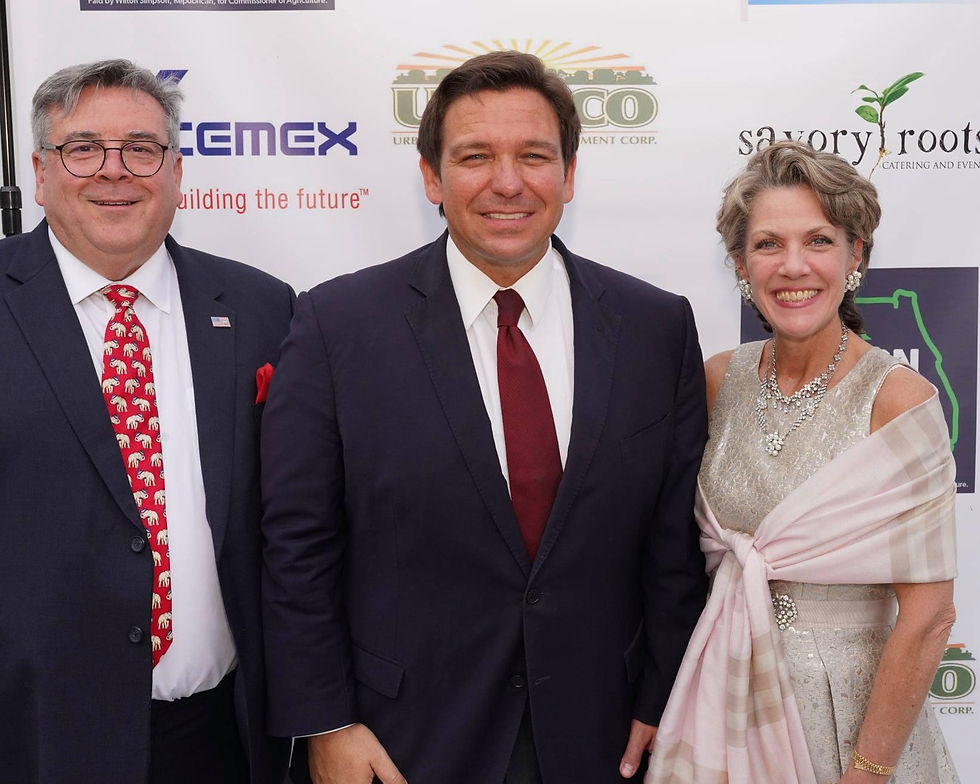PROOF! The FED is LYING TO US ALL!
- rwsbrec
- May 27, 2024
- 2 min read
In a recent televised statement, the president of the Chicago Federal Reserve, Austin Goolsbee, boldly claimed that despite rising prices, Americans have more purchasing power today than in 2019. This assertion not only contradicts the economic reality faced by millions but also starkly illustrates a troubling disconnect within the highest financial echelons.
Goolsbee's statement is a quintessential example of the misleading narratives often propagated by financial elites. While he paints a rosy picture, the actual data tells a different story. For instance, Zillow, a private entity, reports that wage increases have not kept pace with rent hikes—rents have surged by 30% over the past five years, whereas wages have only seen a 20% rise. This discrepancy is not just numbers; it's a lived experience for many who find themselves grappling with financial constraints tighter than ever before.
Moreover, Goolsbee's optimism fails to address the nuanced realities of inflation and its erosive impact on purchasing power. The assertion that wages have outpaced inflation is not just overly simplistic; it's fundamentally flawed. The reality is that for many, real wages have stagnated or even diminished when adjusted for inflation, pinching households harder as they navigate the cost of living that continues to creep higher.
It's critical to recognize these misleading statements for what they are: a veneer attempting to cover the harsh truths of an economy that favors the well-off at the expense of the average citizen. While the Chicago Fed president might be shielded from the day-to-day struggles of ordinary people, the vast majority of Americans feel the pinch every time they check out at the grocery store or pay their monthly rent.
Thank You; Michael Bordenaro for your efforts.
#EconomicReality #FedLies #InflationCrisis #PurchasingPower #WageStagnation #FinancialEducation #ConsumerAdvocacy #TruthInEconomics #MonetaryPolicy #RealEconomy #Michaelbordenaro #bobsuttonbroward #chairmanbobsutton
This article aims to not only challenge the misleading narratives from financial authorities but also to empower readers with the information necessary to understand the broader economic forces at play. Through such informed discourse, we can advocate for policies that truly reflect the needs and realities of the general populace.



































Comments